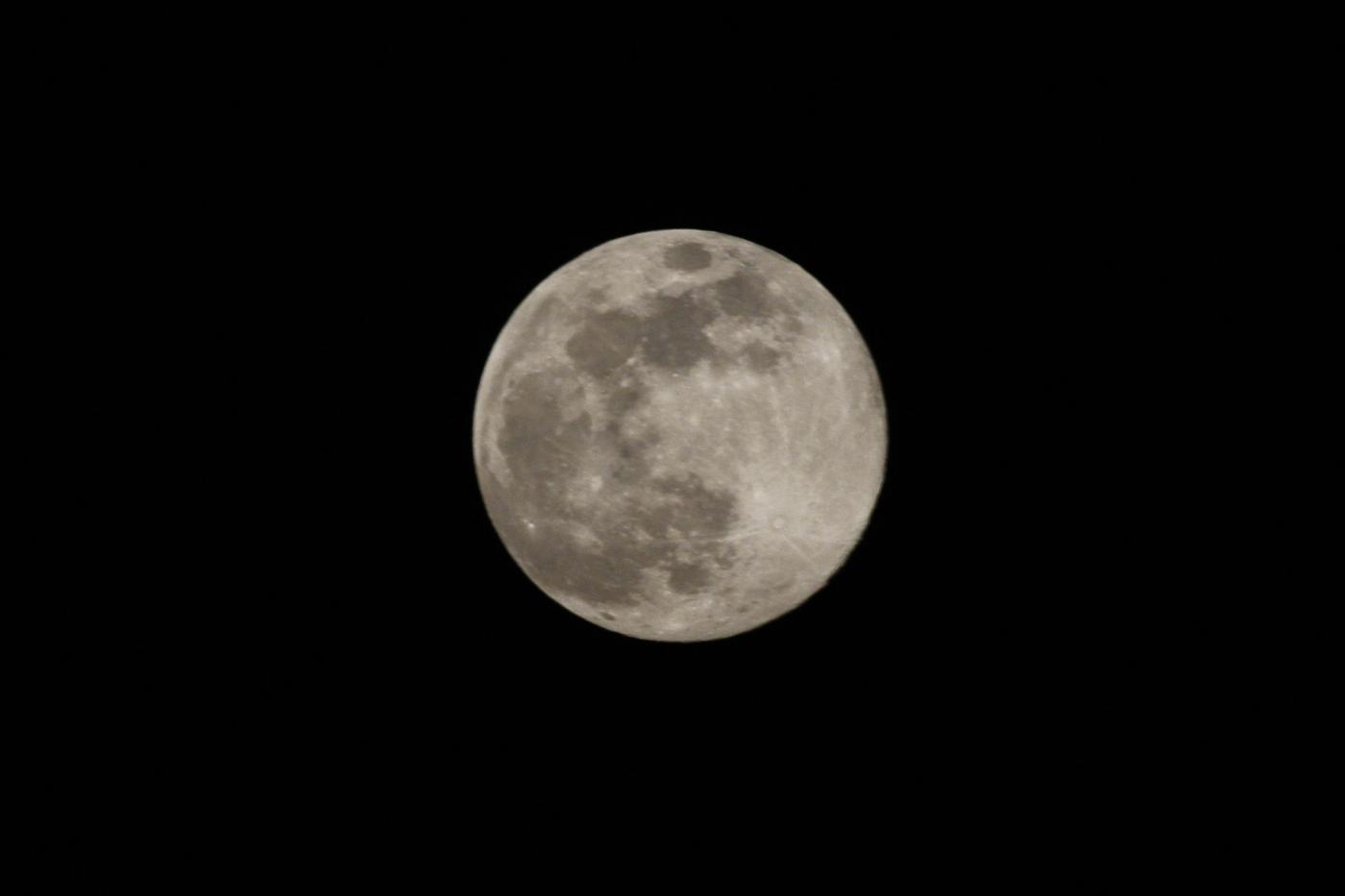While the Moon is presently unsuitable for habitation, there could have been life on its surface about four billion years ago, researchers have suggested…reports Asian Lite News

There may have been actually two early windows of habitability for Earth’s Moon, according to the study published in the journal Astrobiology.
According to the researchers, conditions on the lunar surface were sufficient to support simple lifeforms shortly after the Moon formed from a debris disk four billion years ago and again during a peak in lunar volcanic activity around 3.5 billion years ago.
During both periods, the Moon was spewing out large quantities of superheated volatile gases, including water vapour, from its interior, according to the researchers.
The researchers said that this outgassing could have formed pools of liquid water on the lunar surface and an atmosphere dense enough to keep it there for millions of years.
“If liquid water and a significant atmosphere were present on the early Moon for long periods of time, we think the lunar surface would have been at least transiently habitable,” said study co-author Dirk Schulze-Makuch from the Washington State University in the US.
The researcher’s work draws on results from recent space missions and sensitive analyses of lunar rock and soil samples that show the Moon is not as dry as previously thought.
Life on the Moon could have originated much as it did on Earth but the more likely scenario is that it would have been brought in by a meteorite, according to Schulze-Makuch.
The earliest evidence for life on Earth comes from fossilised cyanobacteria that are between 3.5 and 3.8 billion years old.
During this time, the solar system was dominated by frequent and giant meteorite impacts. It is possible that meteorites containing simple organisms like cyanobacteria could have been blasted off the surface of the Earth and landed on the Moon.
“It looks very much like the Moon was habitable at this time,” Schulze-Makuch said.
“There could have actually been microbes thriving in water pools on the Moon until the surface became dry and dead,” Schulze-Makuch added.








